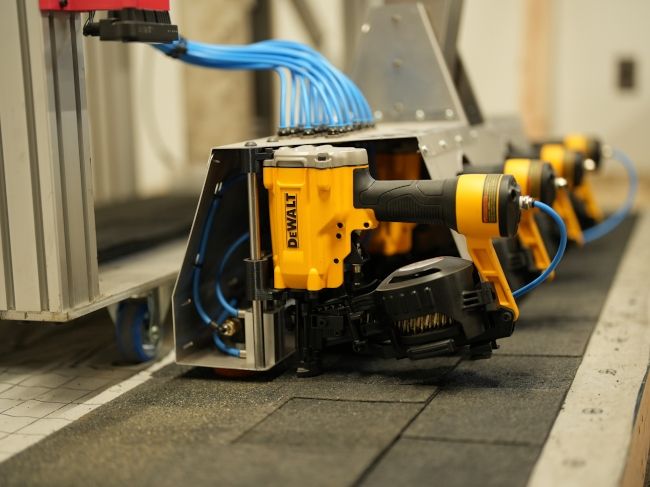A company that builds special robotic suits to help people walk is getting a technology boost from computer chip giant NVIDIA.
Walking Technology Gets AI Upgrade
Ekso Bionics, which makes wearable robots called exoskeletons, has been invited to join NVIDIA's special Connect program. This partnership will help Ekso use advanced artificial intelligence (AI) to improve how its walking devices work.
The company plans to build what they call a "foundation model for human motion" - essentially teaching computers to understand how people move so they can better help those with mobility problems.
"While our advanced exoskeleton technology platforms are already state-of-the-art, in some ways, we are only just approaching the starting line," said Scott Davis, CEO of Ekso Bionics. "We're working to build what we believe will be the industry's first known foundation model for human motion in physical rehabilitation."
Robotic Suits That Help People Walk
Ekso Bionics makes different types of wearable robots:
- Medical exoskeletons - Help people with spinal cord injuries and other conditions stand and walk again
- Industrial exoskeletons - Reduce injuries for workers who lift heavy items or work with their arms raised
Their Ekso Indego Personal system is one of the lightest exoskeletons available, weighing just 29 pounds (13 kg). It has motors at the hip and knee joints that help power walking movements for people who couldn't otherwise walk on their own.
What makes this system special is how easy it is to use. Most people can stand and take their first steps during their first session with the device. Users can also put it on and take it off by themselves thanks to its quick-connect design.
New Support Makes Technology More Available
The NVIDIA Connect program brings together technology companies to help them develop products faster and more efficiently. Members get special training, engineering support, and access to NVIDIA's powerful computer systems that excel at AI tasks.
This news comes at an important time for people who might benefit from these walking devices. Just last month, in April 2024, the Centers for Medicare and Medicaid (CMS) approved payment coverage for the Ekso Indego Personal system.
This means that Medicare patients with spinal cord injuries can now get these walking devices with insurance coverage, making the technology available to many more people who need it.
How These Robotic Suits Work
The Ekso exoskeletons use advanced sensors and motors to detect when a person wants to move and then help them complete that movement. For someone with limited leg strength or control, the device provides just enough assistance to help them stand and walk safely.
"Our technology literally helps people get back on their feet," explained a rehabilitation specialist who works with Ekso devices. "For someone who hasn't stood or walked in months or years, that first time standing upright again is incredibly powerful."
The Future of Movement
With NVIDIA's advanced computing power, Ekso Bionics hopes to make their devices even smarter. Future exoskeletons may better adapt to each person's unique way of moving, making the walking experience more natural.
The company believes that by combining robotic hardware with sophisticated AI software, they can help more people overcome mobility challenges and regain independence.
For the thousands of Americans who experience spinal cord injuries each year, as well as those with stroke and other mobility-limiting conditions, this technology partnership brings hope for more accessible and effective mobility solutions in the near future.


















